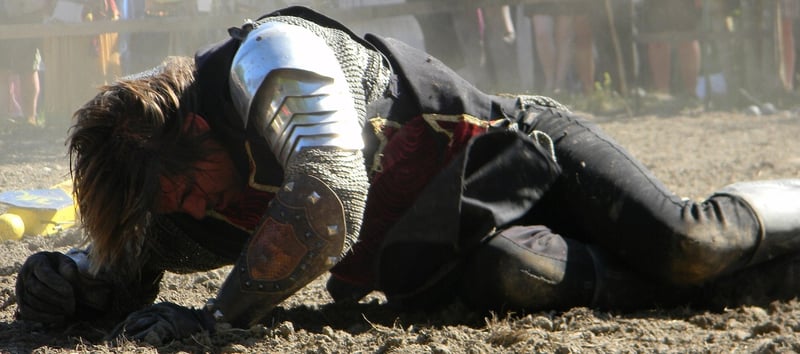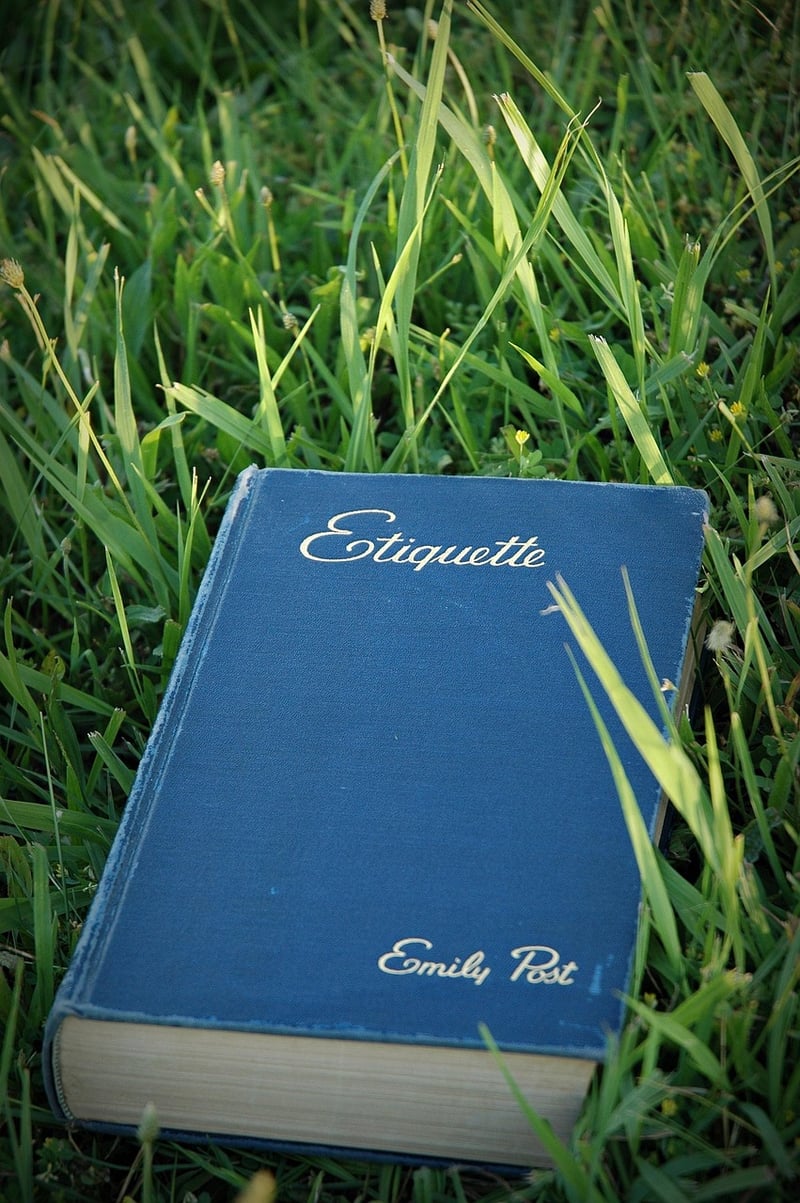Historical Etiquette Guidelines
#Advice
#Tips
#Best Practices
Guidance for Time Travelers and Historical Etiquette Guidelines
Introduction
Welcome, time travelers, to your ultimate guide on navigating different eras with grace and style. In this article, we will provide you with essential tips and historical etiquette guidelines to help you blend in seamlessly across various time periods.
Essential Tips for Time Travelers
- Always dress appropriately for the era you are visiting. Research the fashion of the time and ensure your attire matches the societal norms.
- Learn the language and dialects of the period to communicate effectively with the locals.
- Respect the customs and traditions of the time to avoid standing out as a foreigner.
- Carry local currency or valuable items that were used during that time to facilitate transactions and interactions.
- Be mindful of your actions and behavior to blend in and avoid altering the course of history.
Historical Etiquette Guidelines
Each era has its own set of social norms and etiquette rules. Here are some general guidelines to help you navigate different time periods:
Victorian Era (1837-1901)
- Address individuals with proper titles such as "Mr." or "Mrs." followed by their last name.
- Avoid direct eye contact, especially between men and women who are not related.
- Follow strict rules of decorum, including proper table manners and modest attire.

Renaissance Period (14th-17th century)
- Use formal language and address royalty and nobility with proper respect.
- Participate in intellectual discussions and appreciate art and literature of the time.
- Observe courtly manners and be familiar with chivalric codes of conduct.

Roaring Twenties (1920s)
- Embrace the modernity of the era with jazz music, flapper fashion, and social liberation.
- Attend glamorous parties and speakeasies while adhering to the prohibition laws of the time.
- Master the art of dancing the Charleston and other popular dances of the jazz age.

Conclusion
Time travel can be a thrilling adventure, but it also requires careful consideration of historical etiquette and social norms. By following our guidance and etiquette tips, you can explore different eras with confidence and respect for the past.
Happy time traveling!
